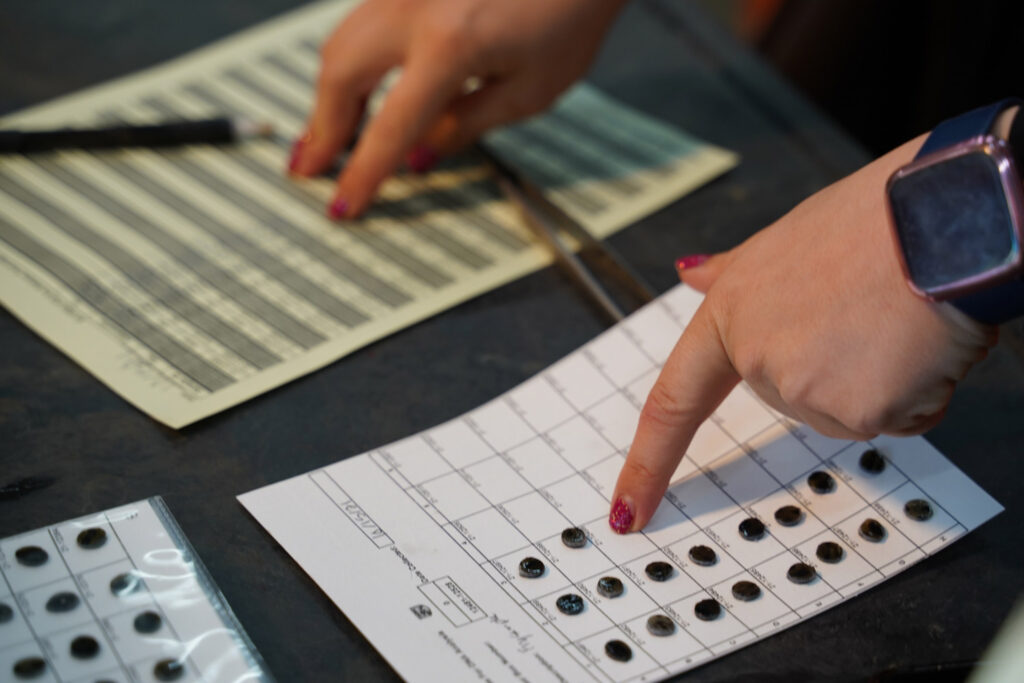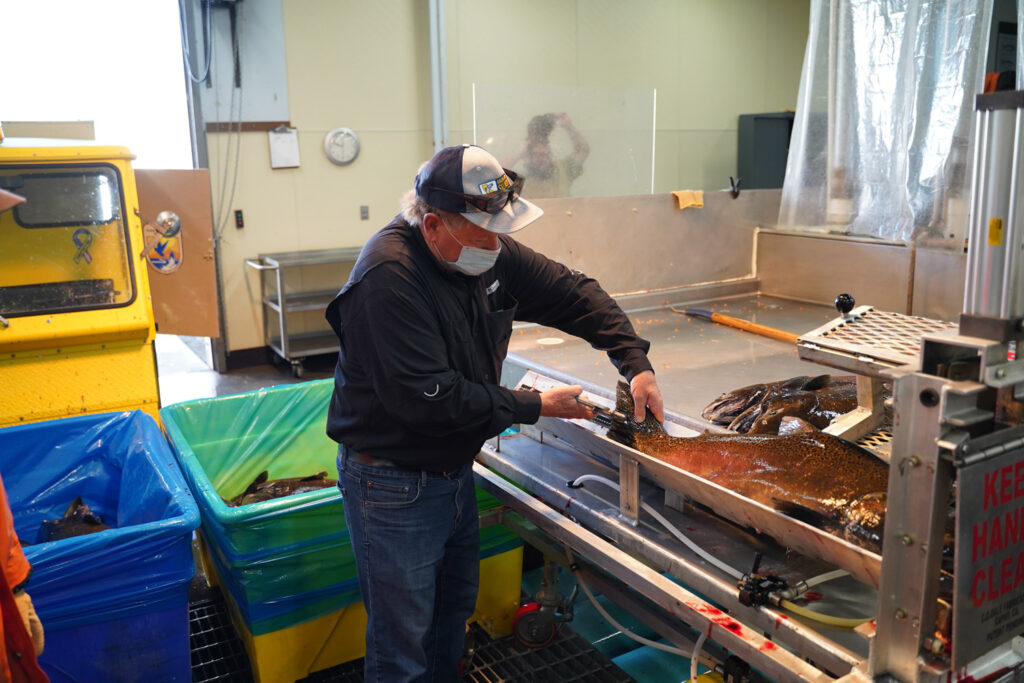Preliminary results from a joint GSSA-USFWS Coleman Hatchery project highlight the benefits of trucking hatchery salmon during droughts. Of the two groups that were 100% tagged, reports show that trucking 2020 brood stock fish 75 miles downstream during the 2021 drought increased returns 11 times that of fish directly released. Six times more salmon from the trucked fish were caught in the ocean. We are awaiting additional data to fully understand results of this innovative work to achieve more salmon returns and landed fish.

With no fishery in 2023 and chances for a 2024 fishery in doubt, it is imperative for GSSA to continue developing and initiating research projects and partnerships, analyzing data to determine next steps, and advocating for updated hatchery practices, such as these initial returns, that could prevent future fishing season closures.
Golden State Salmon Association continues to work with agencies to truck hatchery fish in drought conditions to increase survival and champion new release sites further west in the San Francisco Bay, where we have seen survival increase by 200% (and sometimes as much as 300%) compared to prior bay release sites.
After encouragement from GSSA to reintroduce the surplus fry program in 2021 and participate in the parent-based tagging, Coleman has assured us that they are taking skin samples from all unclipped two-year-old Jack returns.
In October 2021, GSSA announced that after several meetings with the US Fish and Wildlife Service and the National Marine Fisheries Service, a program was implemented to put two million more fall run salmon into the upper Sacramento Basin. The USFWS Coleman Hatchery hatched out the additional two million baby salmon in the fall and winter of 2021 and released them early in 2022 into the upper Sacramento River. This move restarted what many considered a very successful program that added millions of fish to the river until it was discontinued in the 1990s. The project was designed to address possible compensation for losses caused by drought years.

Because the fish were too small at the time of their release to be clipped and tagged with conventional coded wire tags, GSSA and USFWS used the upcoming, novel technology called Parentage-Based Tagging (PBT). Tissue samples were taken from adult parent salmon which will be compared to tissue taken when the offspring return as adults (as we are beginning to see now in 2023).
This PBT, or DNA tagging, helped advanced the use of this technology in California salmon hatcheries. GSSA hopes that success of this part of the program could lead to it eventually being more widely employed at other hatcheries. PBT could allow much earlier release of hatchery salmon at times in the winter when high flows are present in the Sacramento River, boosting survival.

Current tagging requires the baby salmon to reach at least three to four inches before they can be mass tagged in coded wire tagging machines. This in turn requires most hatchery managers to rear the salmon at least into late March, if not April, to achieve the needed size. In many years this is too late to capitalize on high winter and spring flows in the river, needed to safely deliver the baby salmon past predators and to the Delta, Bay and ocean. A key question researchers hope to answer is what level of survival these salmon will experience and where they return to as adults. GSSA continues to be grateful to the USFWS and Coleman Hatchery for their partnership and hard work pioneering ways to add more fish to our drought stressed rivers.
